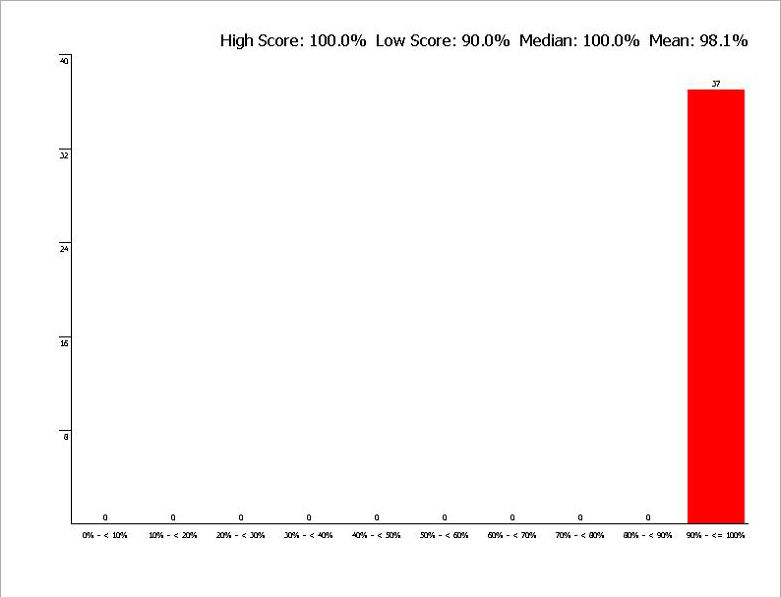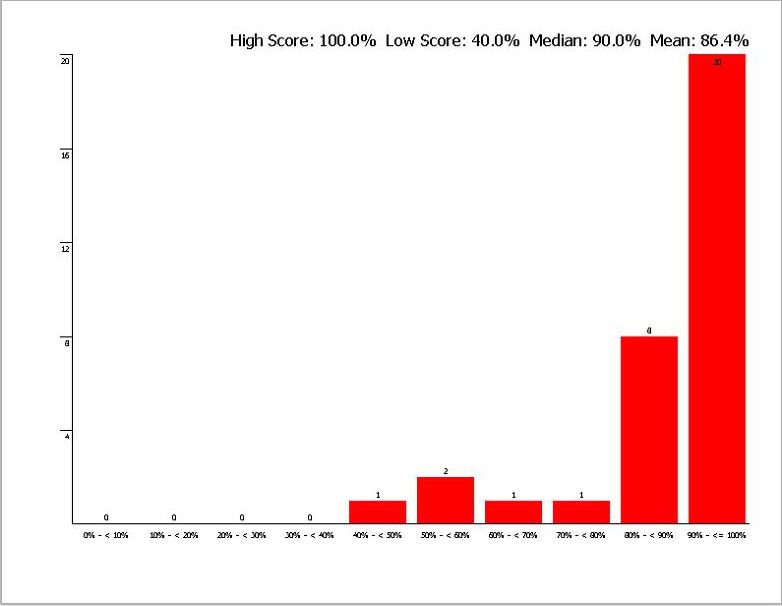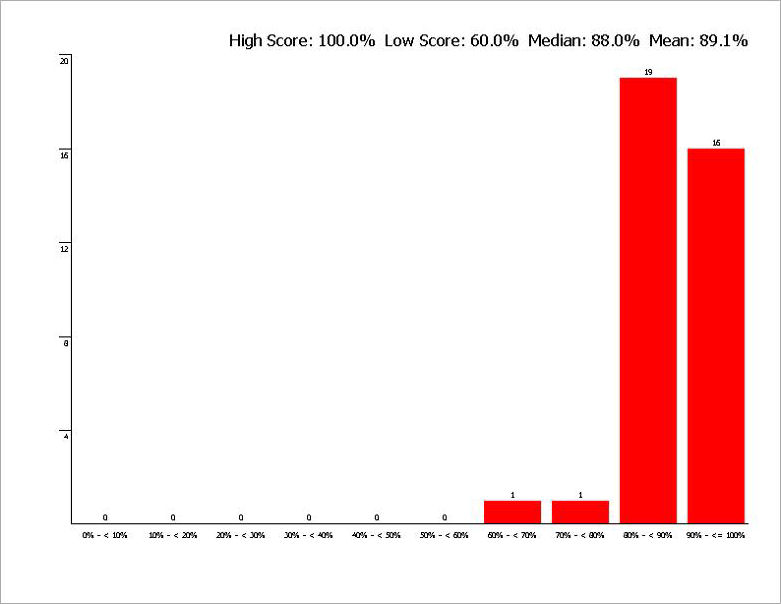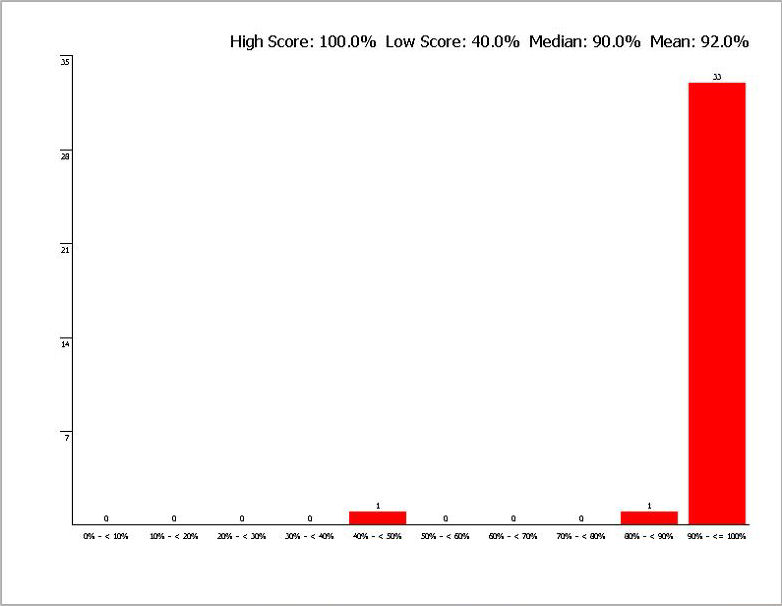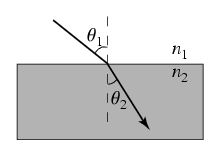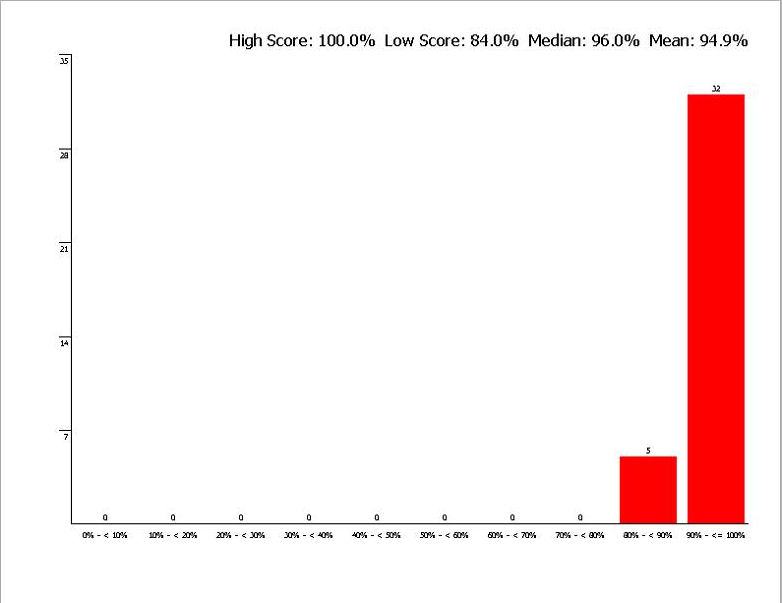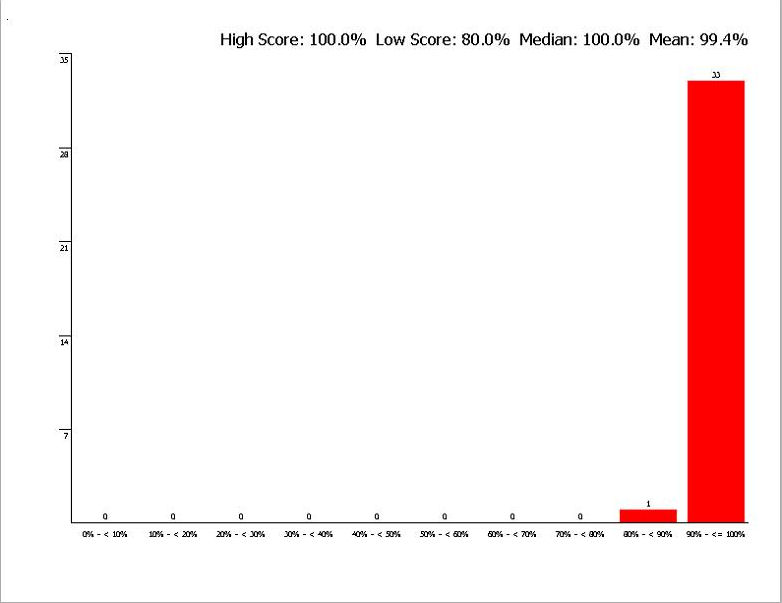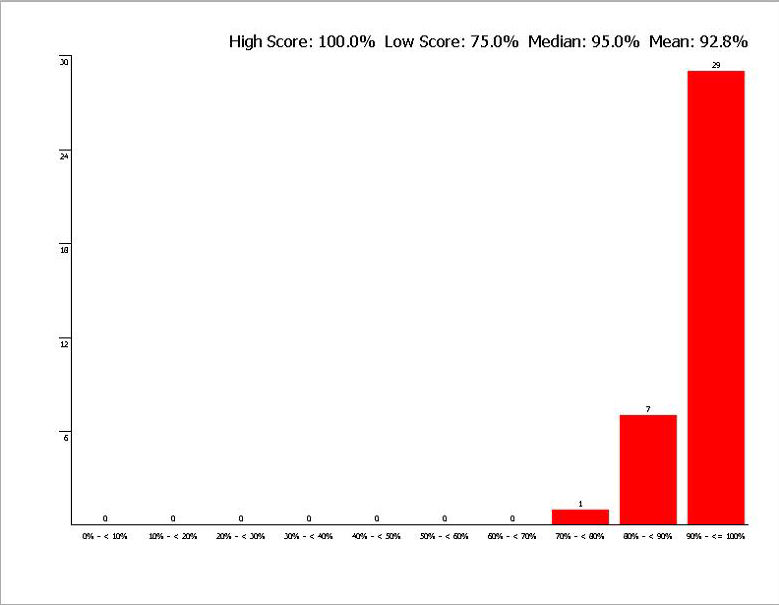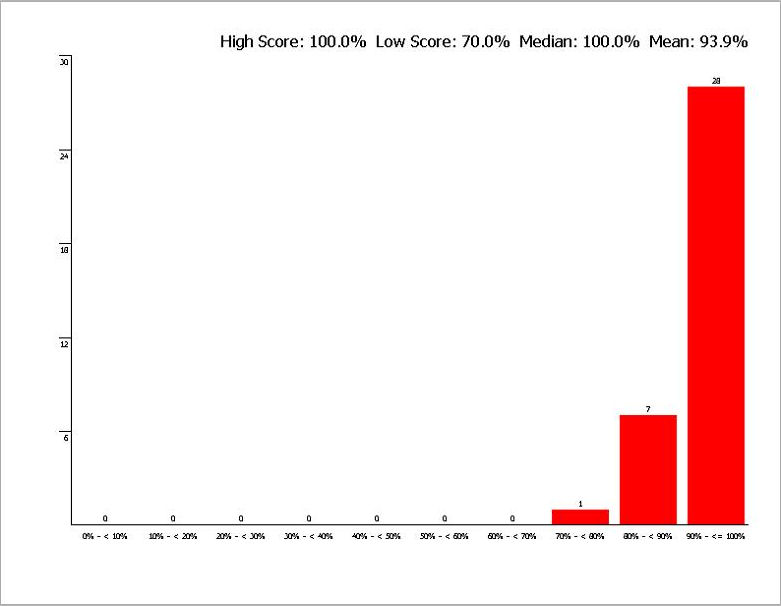Discovery of the Higgs Boson (3:23)
The Standard Model (5:21)
The 6 Billion Dollar Experiment (7:39)
The God Particle (11:14)
MRI: Bad things can happen (2:01)
How MRI Works (2:08)
Tsar Bomb - The biggest bomb ever (57 Megatons) (3:51)
Nuclear Fusion (1:01)
Nuclear Fission (1:06)
Special Relativity: Time Dilation (4:11)
Schroedinger's Cat on Prime-Time TV (2:19)
Double Slit Experiment (5:04)
Why submerged objects seem closer to the surface than they are.
Geometric Optics Table
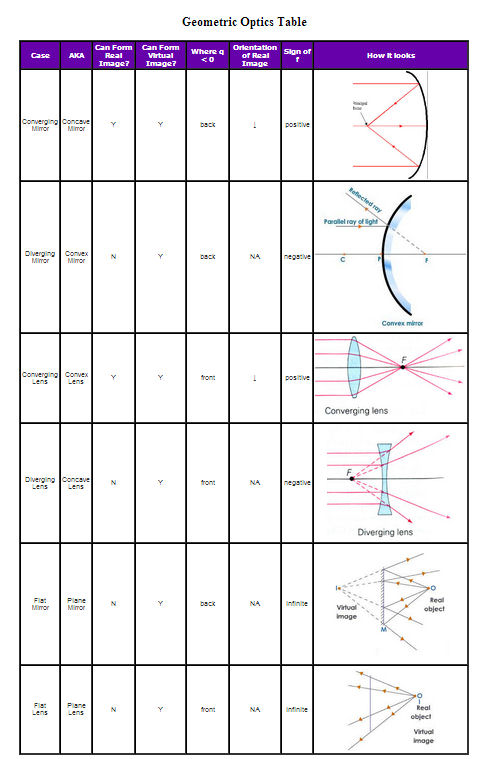
Diffraction Gratings(3:29)
Interference (0:27)
LASIK(LASer In situ Keratomileusis) Surgery Explained (2:23)
An Actual LASIK Surgery (7:40)
How Light Enters the Eye (2:39)
Reason for double rainbow
Double Rainbow (0:28)
How a Rainbow Works (3:17)
Total Internal Reflection (0:12)
Putting Metal Objects in a Microwave Oven (1:35)
Electromagnetic Spectrum (5:19)
Rail Gun (3:09)
DC vs AC (0:10)
The Right Hand Rule and the Magnetic Field due to a Current Loop
The Right Hand Rule for the Magnetic Field of a Straight Wire (0:09)
Right Hand Rule For Cross Products (0:10)
The Aurora Borealis (1:14)
Charge in a Magetic Field (0:27)
Magnetic Field in a Solenoid (0:08)
Magnetic Field in a Toroidal Coil (0:08)
Direct Current Electric Motor (0:20)
Ohm's Law Part 1 (9:31)
Ohm's Law Part 2 (4:36)
The Mystery of Lightning (46:41)
Capacitance (13:35)
Electrostatics (Part 1)
Electrostatics (Part 2)
Bend Water with Static Static Electricity (0:38)
Cell Phone and Static Electricity (2:14)
Static Electricity Demonstrations (4:24)
Flash Player Required
